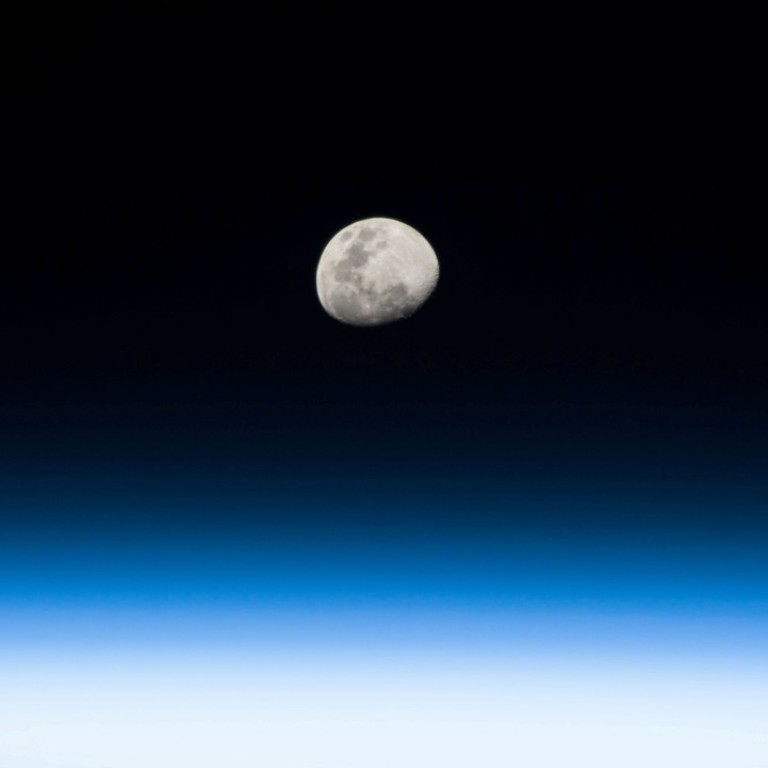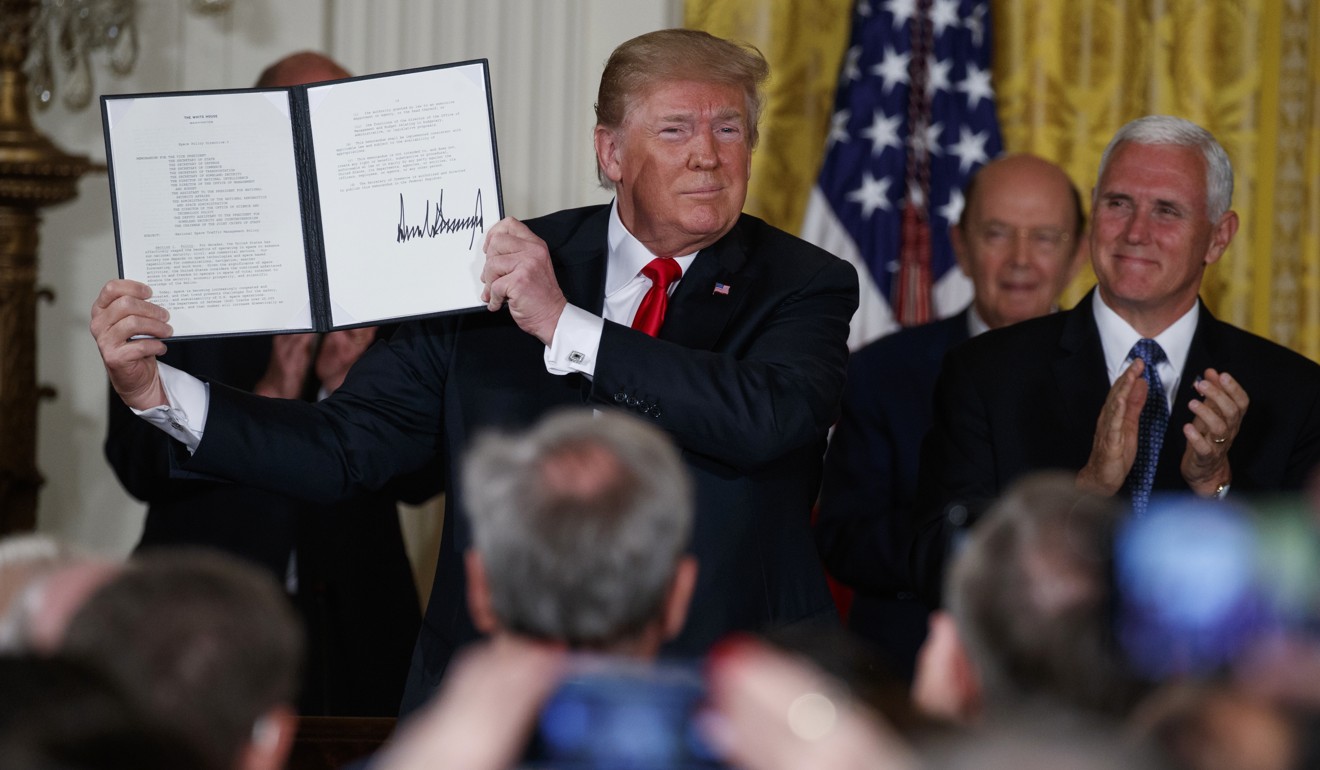
Donald Trump orders Pentagon to create a new ‘Space Force’ to stop China taking control of the stars
The president framed space as a national security issue, saying he does not want ‘China and Russia and other countries leading us’
US President Donald Trump announced on Monday the creation of a “Space Force” to stop China from gaining dominance, was well as other space initiatives.
Trump, who was convening his National Space Council, said that “we are going to have the Space Force”, which he deemed a “separate but equal” branch of the military, and promised that the US will “be the leader by far” in space as he looks to revive the nation’s flagging space programme.
The meteorite ‘hunter’ who greets China’s visitors from the cosmos
The president framed space as a national security issue, saying he does not want “China and Russia and other countries leading us.” He also vowed to return the United States to the moon soon, and to reach Mars.

Trump is also expected to sign a new space policy directive on Monday that will call for a reduction in satellite clutter to create a safe and secure environment in orbit. It also sets up new guidelines for satellite design and operation, to avoid collisions and spacecraft break-ups.
He was joined by Vice-President Mike Pence, Nasa Administrator Jim Bridenstine, former astronaut Buzz Aldrin and members of his space council.
Pence heads the recently revived space council. Cabinet members will take part in the afternoon meeting at the White House, as well as Nasa Administrator Jim Bridenstine, retired astronauts and scientists.
A dust storm large enough to cover North America is engulfing Mars
The council’s executive secretary, Scott Pace, told reporters before the meeting that space is becoming increasingly congested and current guidelines are inadequate to address the challenge.
Also on Monday, Cheryl Warner, a spokeswoman for Nasa’s Human Exploration Directorate, said that the US plans to send robotic explorers to the moon as soon as next year as a preparatory step towards sending astronauts back there for the first time since 1972.

The National Aeronautics and Space Administration is planning a series of lunar missions beginning next year aimed at developing the capacity for a return to the moon.
Nasa will work with private companies, which have not yet been chosen, on the missions, Warner said in a phone interview.
Americans first landed on the moon in 1969, reaching a goal set by former President John F. Kennedy in 1961 and capping a decade-long space race between Washington and Moscow.
Trip to dark side of moon can light up humanity
Since then, US efforts to explore beyond the Earth’s orbit have largely focused on remote spacecraft that do not have human crew members, though American presidents have repeatedly raised the idea of sending human explorers back to the moon or further.
US President George W. Bush in 2004 said humans would return to the moon by 2020. His successor, President Barack Obama, said in 2016 the United States would send humans to Mars by the 2030s.


